
A first-of-its-kind online tool enables global researchers to identify, detect, and monitor Phytophthora species, providing real-time updates on plant diseases and aiding in disease surveillance.
A groundbreaking online resource for plant pathogens has been developed, aimed at assisting researchers worldwide in identifying, detecting, and monitoring species of Phytophthora. These pathogens have caused various plant diseases, from the catastrophic Irish potato famine in the 1840s to the ongoing sudden oak death affecting West Coast oaks.
This innovative “tree of life” for pathogens offers extensive information on over 192 officially recognized species, such as their evolutionary history and interrelationships within groups. Additionally, it covers more than 30 informally identified taxa. The tool incorporates genetic sequence data from multiple sites within each species’ genome, as well as crucial details like the global locations of each species, their plant hosts, and the locations where the pathogens reside in or on the host plants.
“We’re taking all known Phytophthora species and putting them into a living ‘tree of life’ using the Tree-Based Alignment Selector (T-BAS) toolkit that was developed by my colleague Ignazio Carbone,” says Jean Ristaino, William Neal Reynolds Distinguished Professor of Plant Pathology at North Carolina State University and corresponding author of a paper in the journal PLOS ONE that describes the tool. “Researchers can place emerging threat species into the open-access tree and look at which groups are expanding and evolving.”
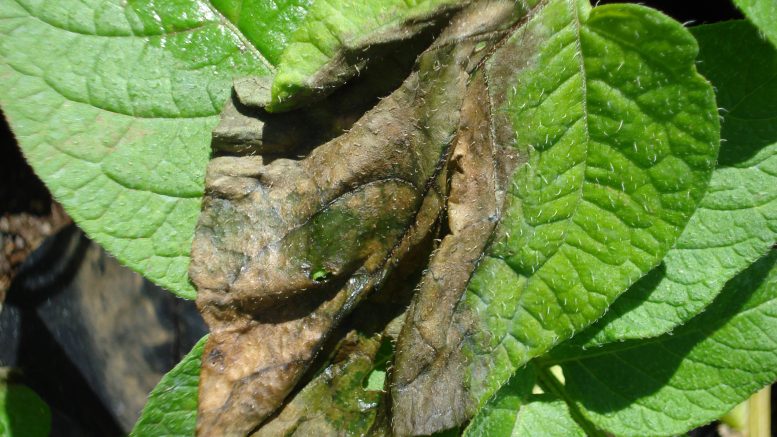
A Chilean potato shows the effects of late blight caused by Phytophthora. Credit: Jean Ristaino, NC State University
The new tool will allow researchers to update plant disease information in real time.
“The real key to preventing disease outbreaks is to grab the signals before the outbreak occurs,” said Ristaino, who directs NC State’s Emerging Plant Disease and Global Food Security cluster. “T-BAS could be useful as a tool for disease surveillance and for figuring out the next new lineage that might emerge. Researchers can query this database and the tree will incorporate the new species.”
The first species in the genus Phytophthora, or “plant destroyer,” was described and named in 1876. Phytophthora are present in the air, soil, and water and can cause disease on food crops, ornamental plants, and trees.
“About 150 new Phytophthora species have been identified since 2000,” says NC State Ph.D. student Allison Coomber, who developed the tool with the team.
“This is an unusually large number of plant pathogen species,” Ristaino said. “Many Phytophthora species have broad host ranges, so they can ‘move’ over wider areas.”
Ristaino, who published a paper in Nature in 2001 identifying the strain of Phytophthora infestans that caused the Irish potato famine, hopes to eventually integrate physical maps with the T-BAS data to help provide better pathogen monitoring between states or countries.
“We have mined all published data on Phytophthora,” Ristaino said. “Collaboration and sharing data makes much more sense than being secretive.”
Ristaino added that the Phytophthora T-BAS Tool is housed in the DeCIFR web portal available through NC State’s Center for Integrated Fungal Research, which explores fungi and the roles they play in agricultural, animal, environmental, and human health systems. Further information on access to the tool can be found on the Ristaino Lab website.
Reference: “An open-access T-BAS phylogeny for emerging Phytophthora species” by Allison Coomber, Amanda Saville, Ignazio Carbone and Jean Beagle Ristaino, 3 April 2023, PLOS ONE.
DOI: 10.1371/journal.pone.0283540
The study was funded by the National Science Foundation and the U.S. Department of Agriculture

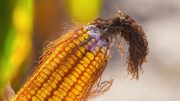

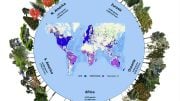

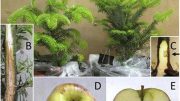


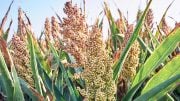
Be the first to comment on "Researchers Assemble Pathogen “Tree of Life”"